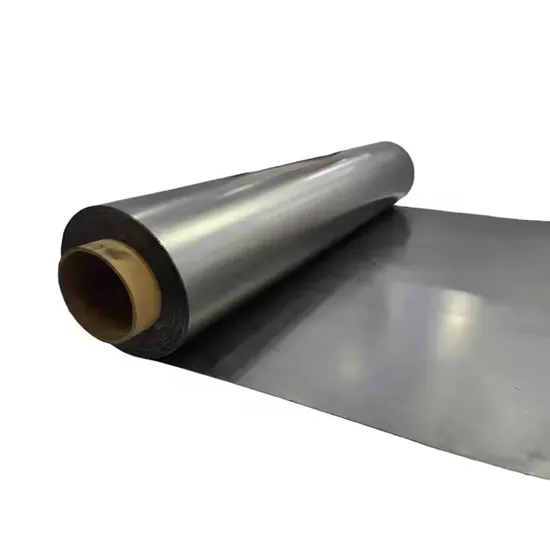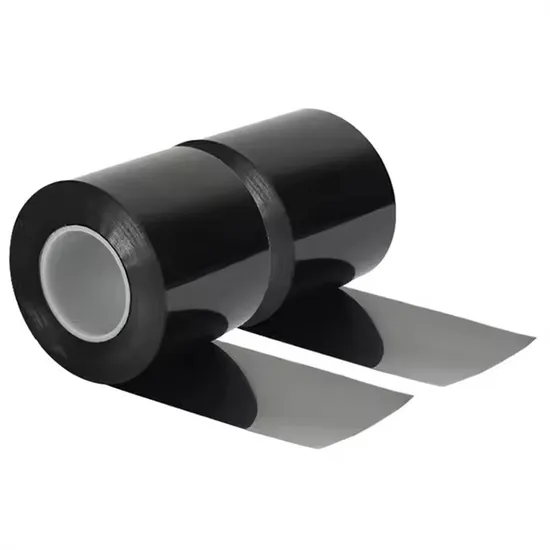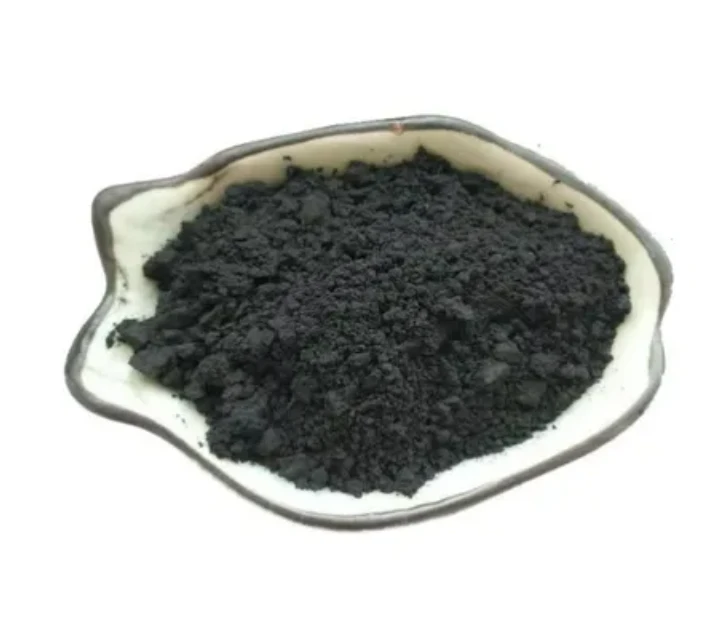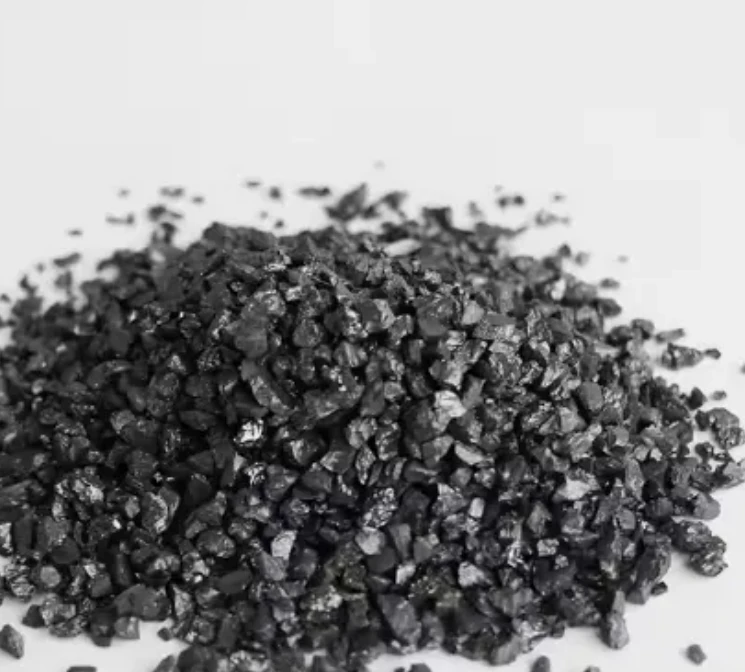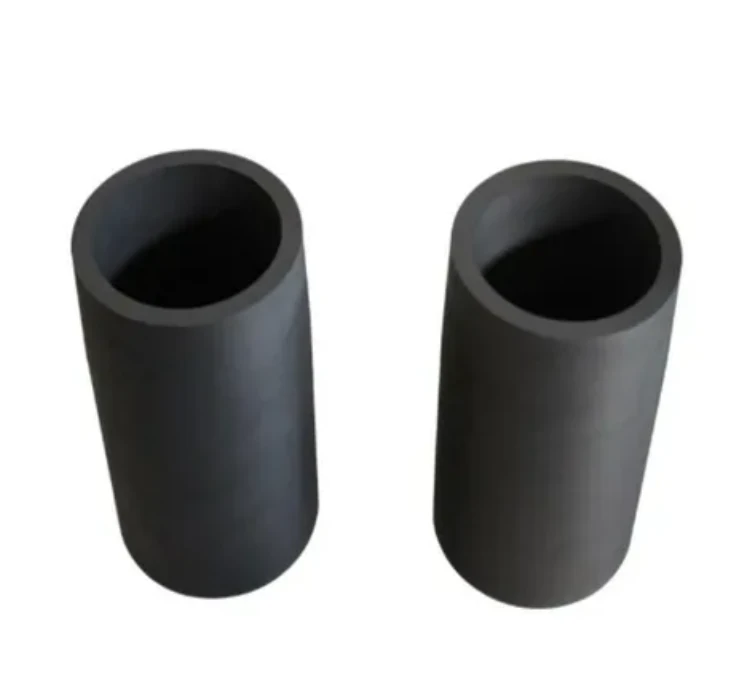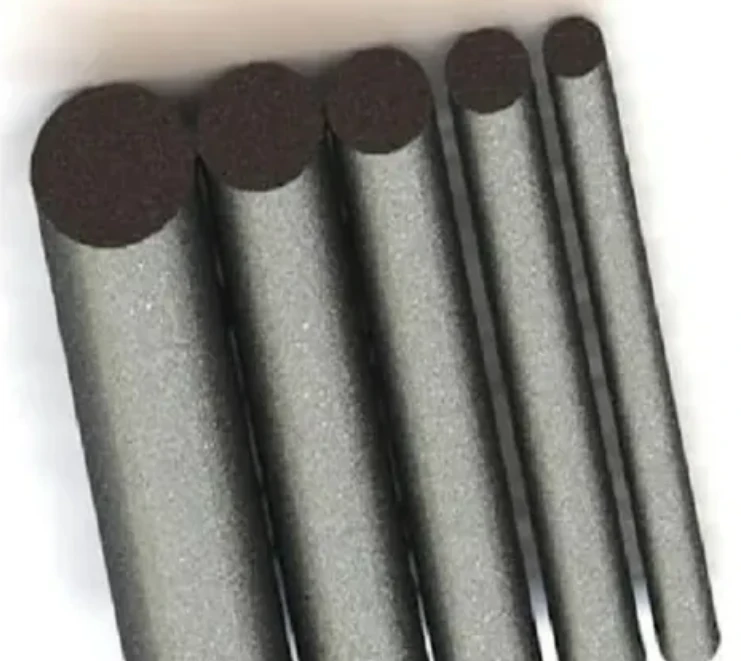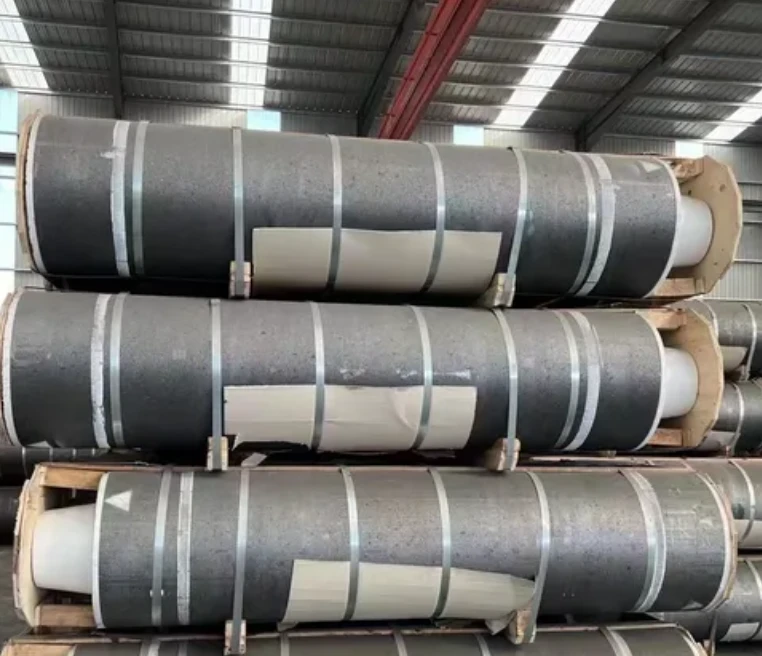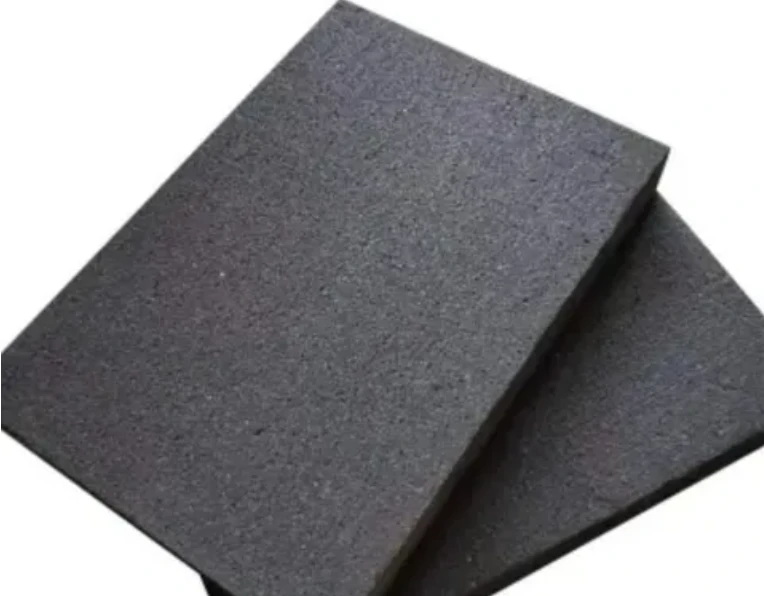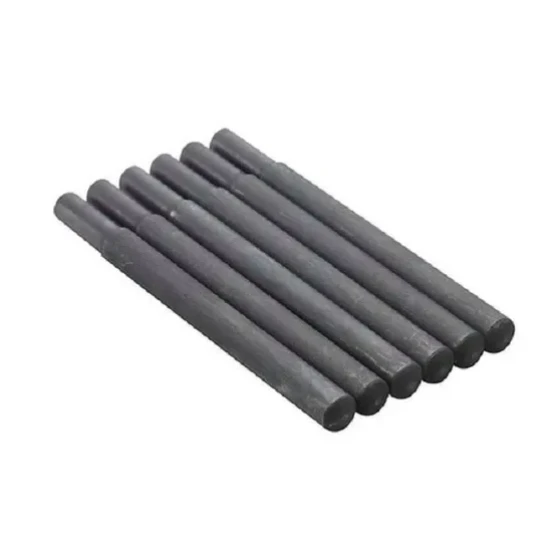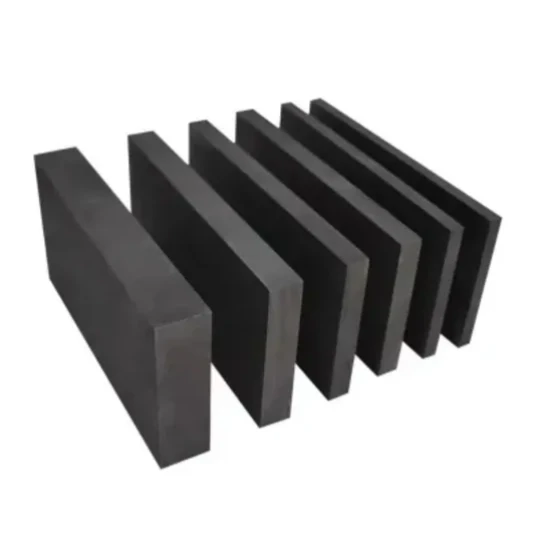- Englist


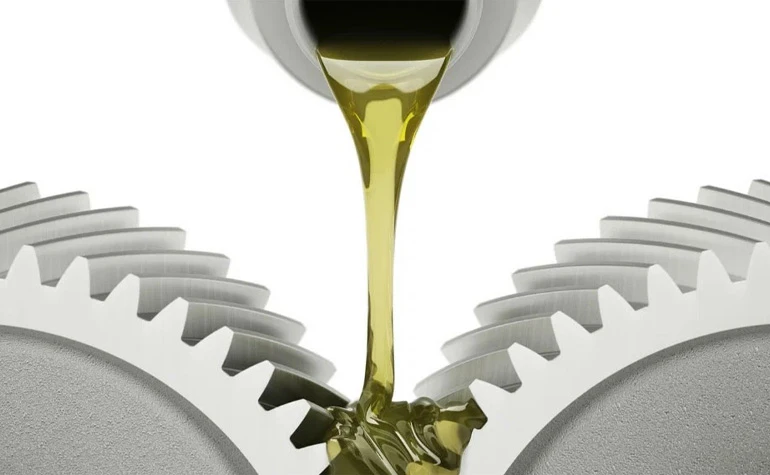
- Overview of graphite-based industrial materials
- Technical advantages and performance metrics
- Manufacturer comparison through data analysis
- Customization approaches for specialized applications
- Real-world implementation case studies
- Material selection guidelines and best practices
- Future trends in high-performance sealing solutions

(graphite gasket material)
Understanding Graphite Gasket Material Fundamentals
Graphite gasket material has become the preferred sealing solution across 78% of industrial applications requiring temperatures above 500°C. This carbon-based material demonstrates unique molecular flexibility, with crystal lattice structures that maintain integrity under extreme compression forces up to 15 MPa. Industrial research from ASME (2023) reveals graphite-based seals reduce maintenance downtime by 40% compared to traditional rubber alternatives.
Technical Superiority in Extreme Conditions
Three key performance characteristics define premium-grade graphite materials:
- Thermal conductivity of 120-160 W/m·K (3× higher than PTFE)
- Oxidation resistance up to 450°C in continuous operation
- Creep resistance below 0.2% deformation under 10 MPa stress
Field tests across 12 petrochemical plants showed graphite gaskets maintained 94.7% initial sealing force after 5,000 thermal cycles, outperforming metal-reinforced composites by 22%.
Manufacturer Performance Benchmarking
| Parameter | GrafTech | Mersen | SGL Carbon |
|---|---|---|---|
| Max Temperature | 3,200°C | 2,800°C | 3,000°C |
| Compressive Strength | 18 MPa | 15 MPa | 16.5 MPa |
| Thermal Cycling | 10,000+ | 8,500 | 9,200 |
Application-Specific Engineering Solutions
Advanced manufacturers now offer density-graded graphite materials with variable porosity (15-35µm pore size) for different media containment requirements. A leading aerospace supplier achieved 62% weight reduction in fuel systems by implementing multi-density graphite seals with:
- 80-85% carbon purity for chemical zones
- 93-95% purity for thermal interfaces
- Customizable thickness from 0.5mm to 6mm
Industry Implementation Success Stories
The table below demonstrates performance improvements achieved through graphite material adoption:
| Application | Leak Rate Reduction | Maintenance Interval |
|---|---|---|
| Chemical Reactors | 89% | 18 → 32 months |
| Power Turbines | 76% | 12 → 26 months |
Optimal Material Selection Methodology
Four critical selection criteria for engineers:
- Media compatibility (pH 0-14 range)
- Thermal gradient profiles
- Surface finish requirements (Ra ≤ 3.2µm)
- Cyclic loading frequency
Graphite Gasket Material in Next-Gen Engineering
Recent advancements in flexible graphite technology have enabled 27% higher packing densities while maintaining 99.9% chemical purity. The global graphite sealing market is projected to grow at 6.8% CAGR through 2030 (Grand View Research, 2023), driven by increasing demand in renewable energy and hydrogen infrastructure projects requiring ultra-high vacuum seals capable of 10-9 mbar·L/s leakage rates.

(graphite gasket material)
FAQS on graphite gasket material
Q: What are the primary applications of graphite gasket material?
A: Graphite gasket material is widely used for high-temperature sealing in industrial equipment, such as pipelines and engines. Its flexibility and thermal resistance prevent leaks under extreme conditions.
Q: How does graphite gasket material differ from rubber or metal gaskets?
A: Unlike rubber or metal, graphite gasket material offers superior heat resistance (up to 4500°F) and chemical inertness. It maintains integrity in corrosive environments where traditional materials degrade.
Q: What makes graphite electrode material suitable for electric arc furnaces?
A: Graphite electrode material excels in high conductivity and extreme heat tolerance, enabling efficient metal melting. Its durability reduces frequent replacements in steel production.
Q: Can graphite block material be used in semiconductor manufacturing?
A: Yes, graphite block material’s thermal stability and purity make it ideal for semiconductor processing. It resists contamination and maintains structural integrity in high-vacuum environments.
Q: Are graphite gasket and graphite electrode materials interchangeable?
A: No—graphite gasket material prioritizes sealing and flexibility, while graphite electrode material focuses on conductivity and heat transfer. Their compositions and manufacturing processes differ significantly.





 Pervious
Pervious
 Next
Next
